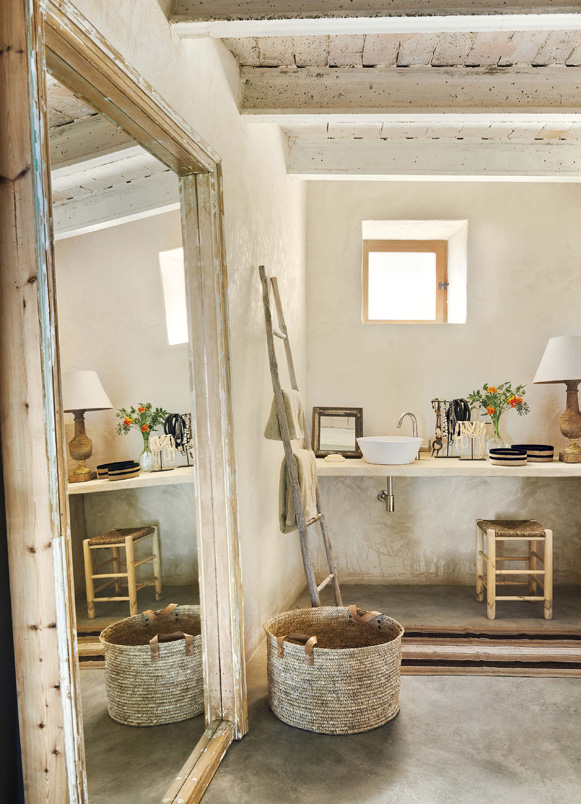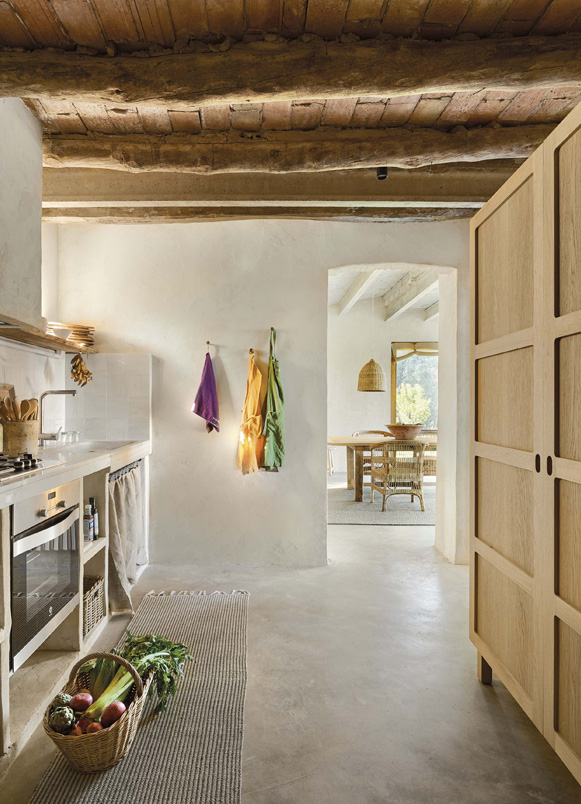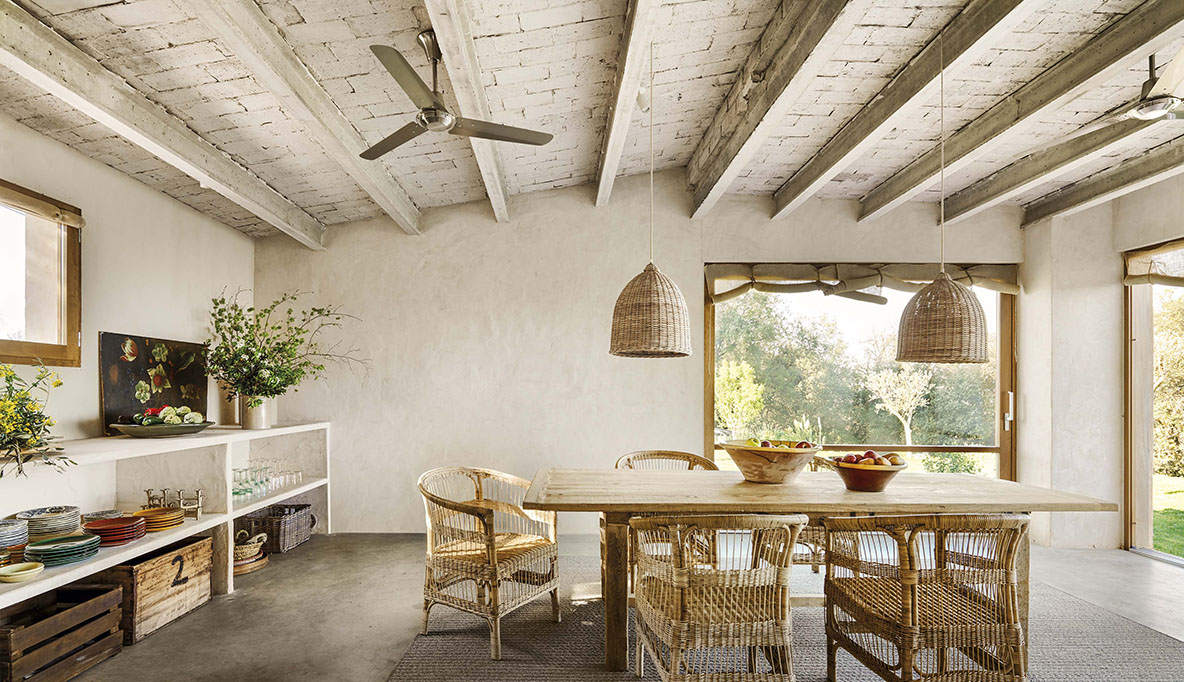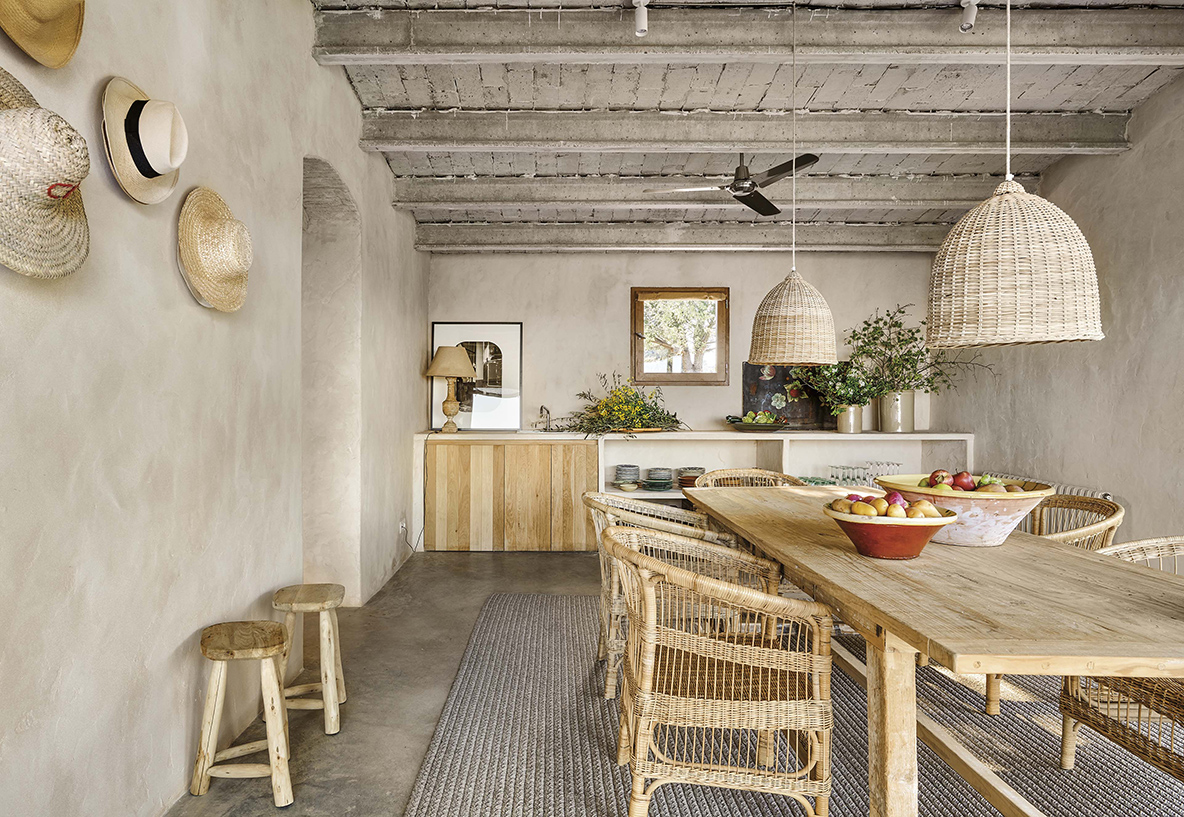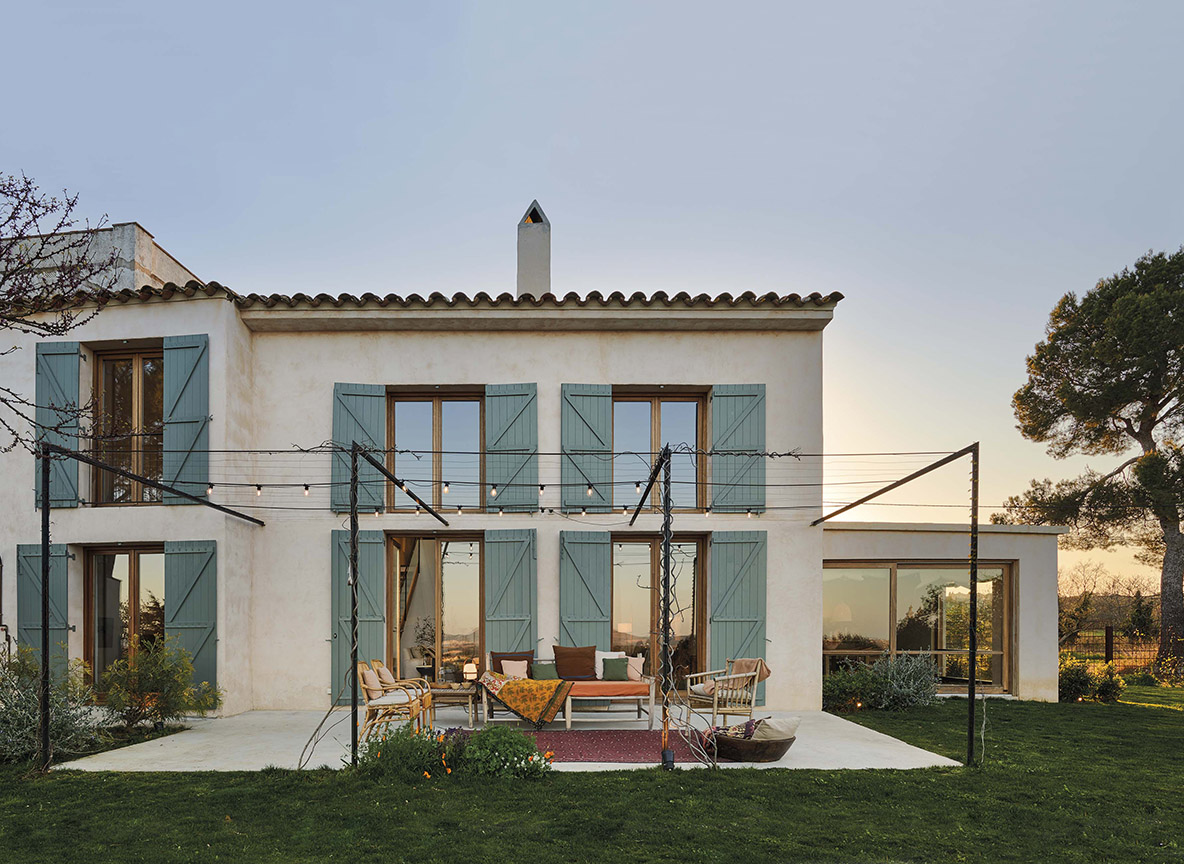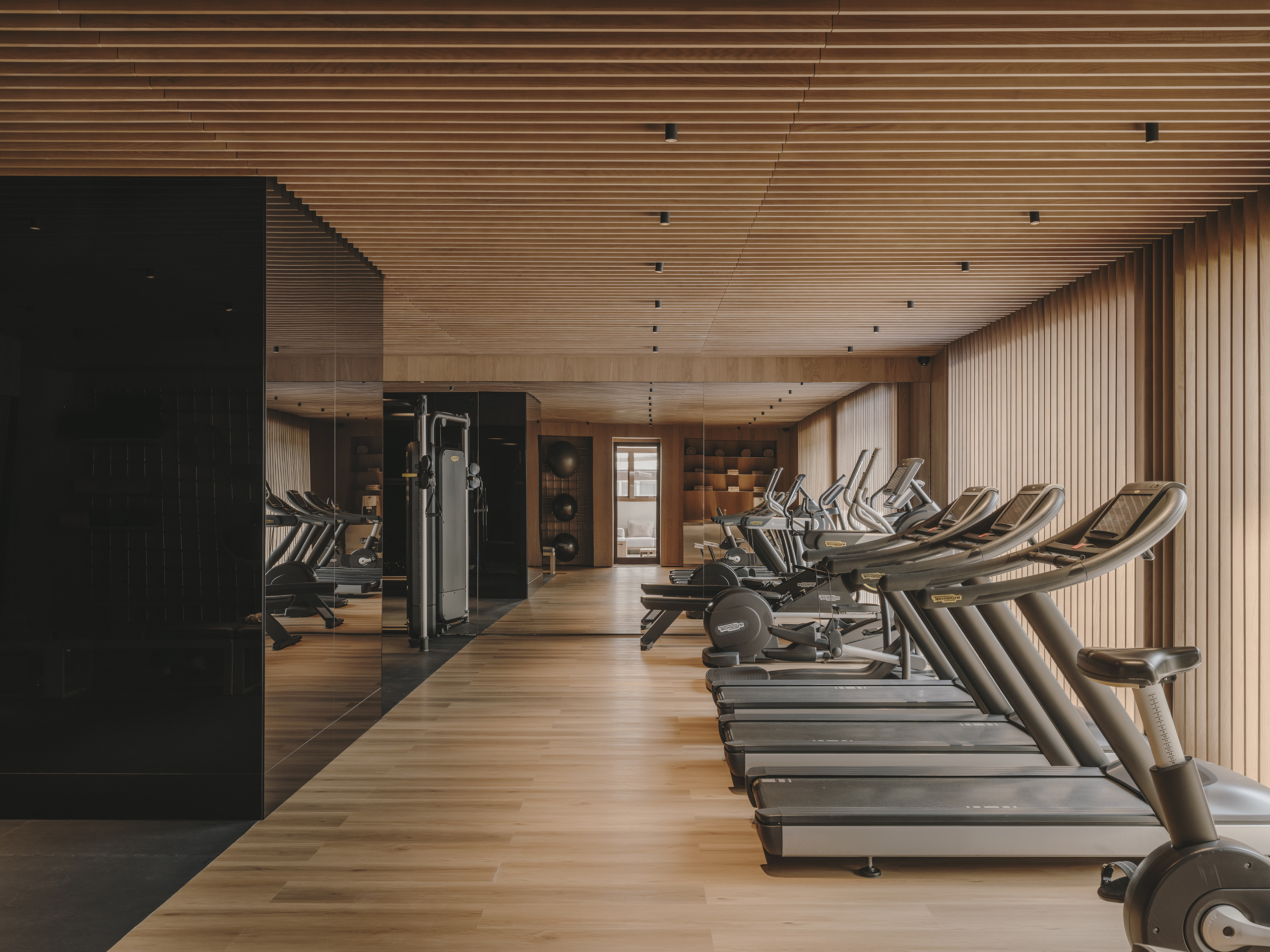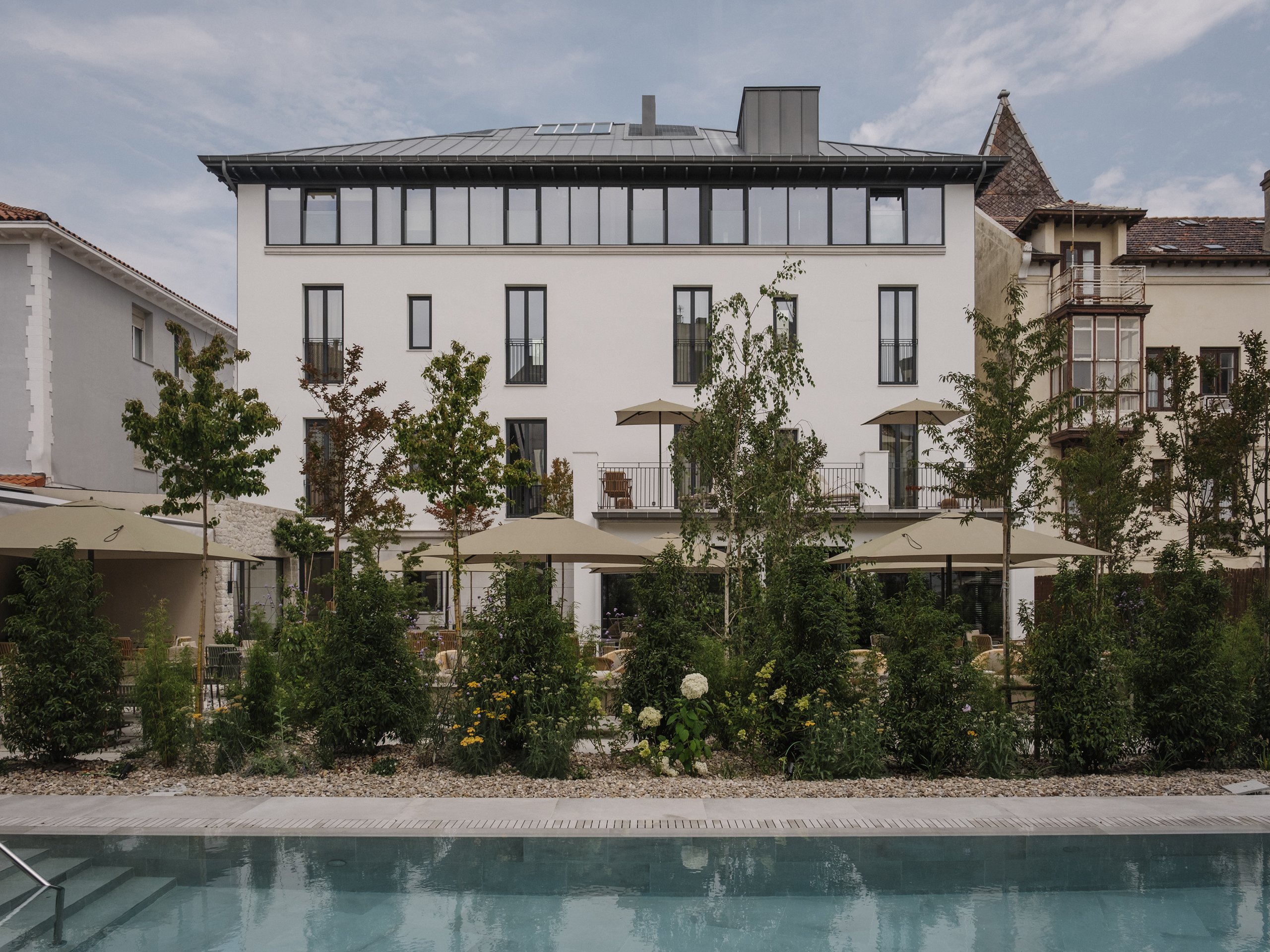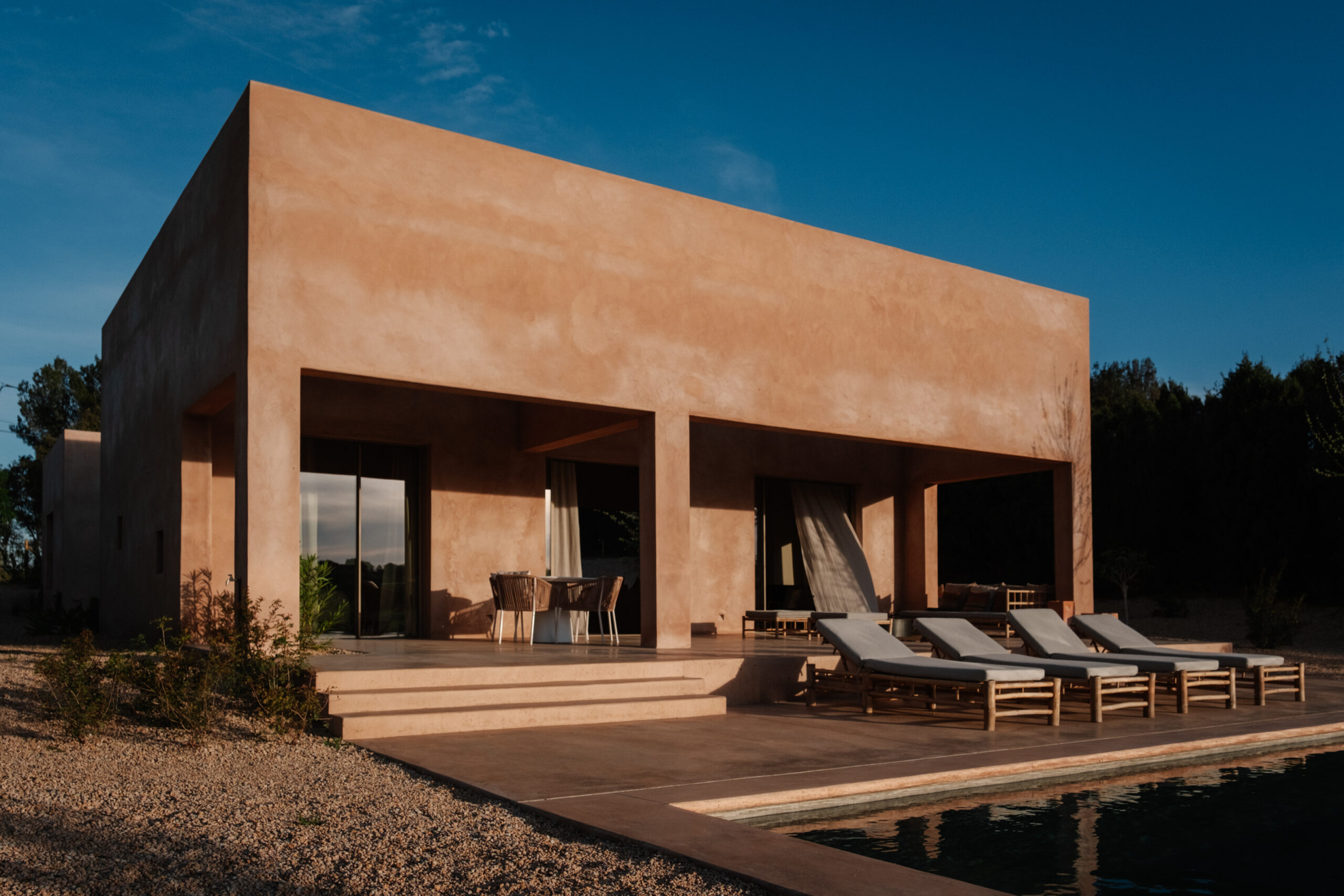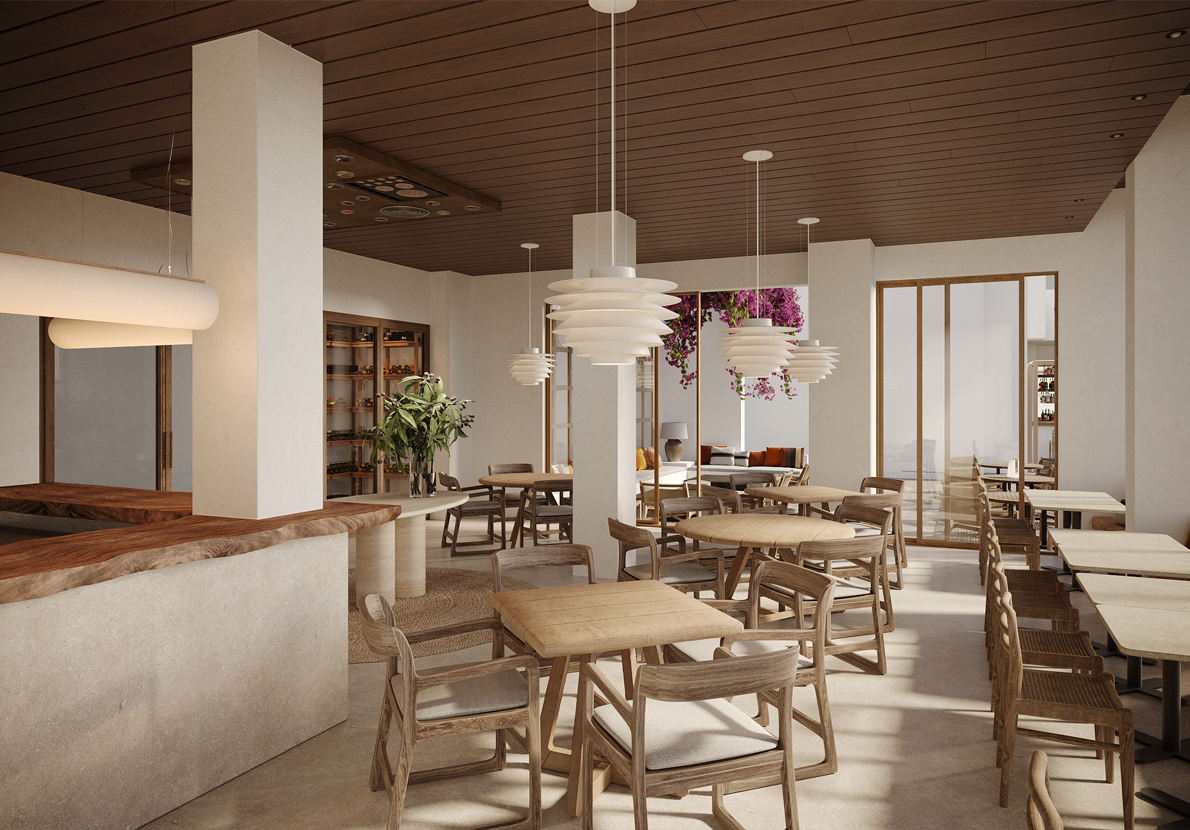Holiday Home Sandra Tarruella Interioristas in Empordà, located in the peaceful village of Rupià, in the Baix Empordà region of the province of Girona. This enclave, described by Josep Pla, offers a landscape of green hills, a Gothic church dominating the old stone town, orchards, and stables that still retain some of their original charm.
The house, situated in this magnificent setting, offers one of the best views of Baix Empordà. It is a perfect destination for bike rides, golf games, horseback rides, and to enjoy both the sea and the rich local cuisine.
Sandra Tarruella Interioristas preserved some traces of the original construction when designing this holiday home in Empordà, such as a simple structure that once served as a stable. By opting for innovative construction solutions, such as demolishing the main walls and opening up a double-height space in the living room, the house was transformed into spacious and renovated interiors.
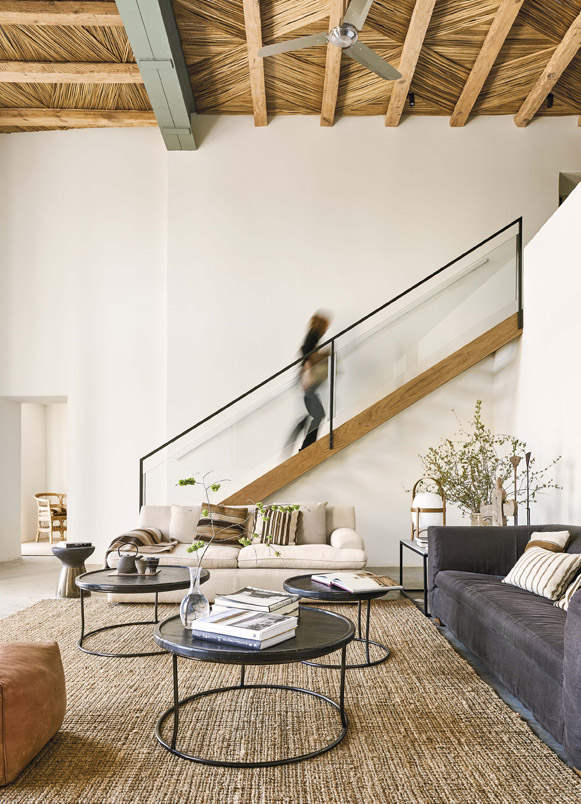
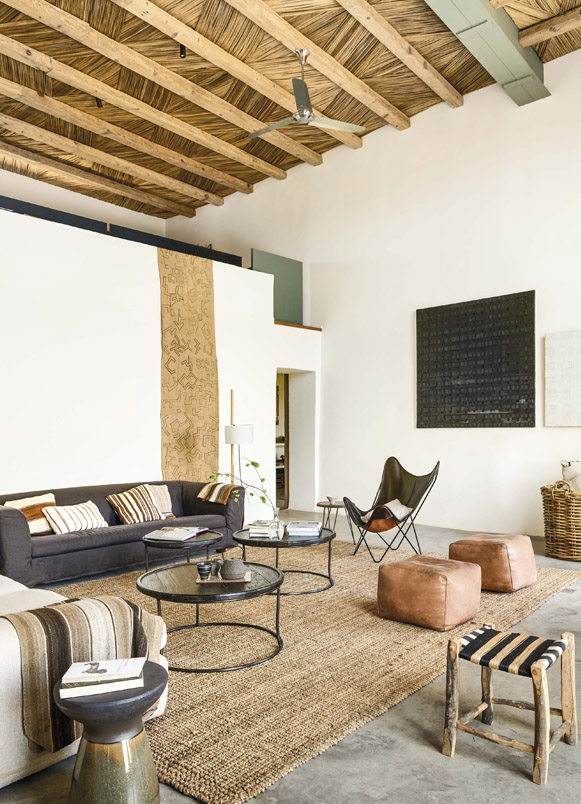
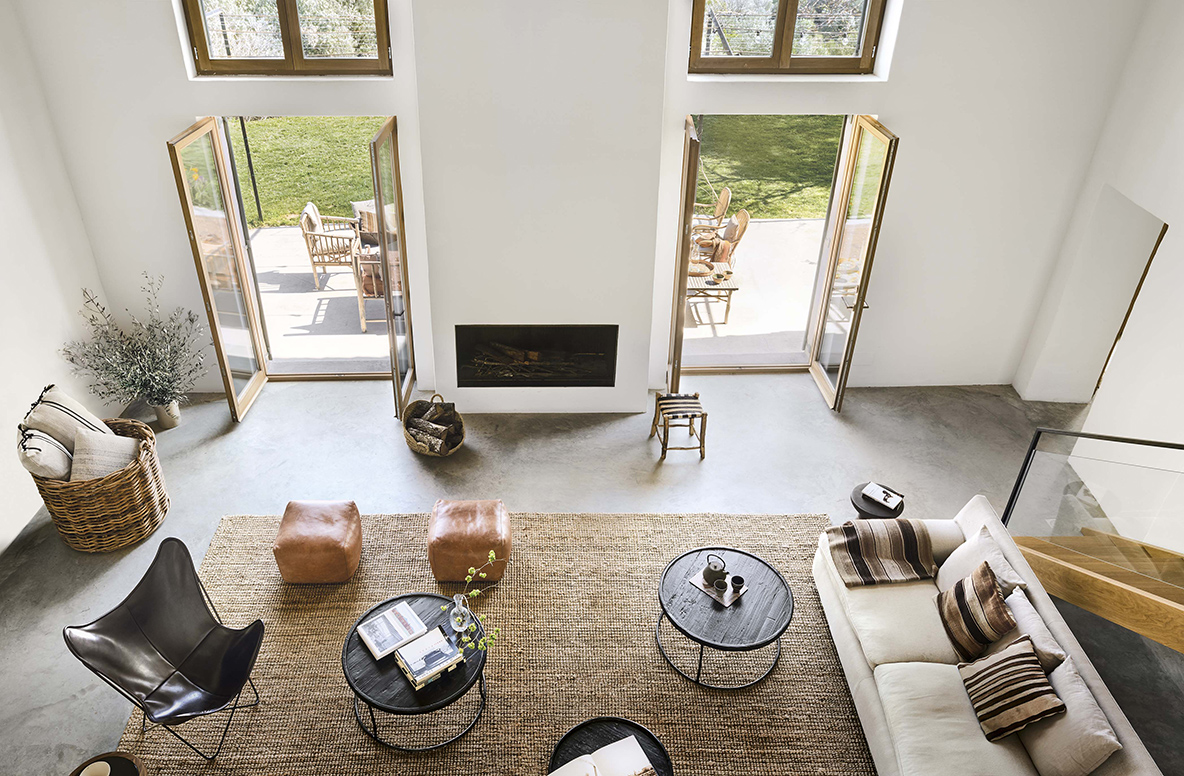
The team designed the atmosphere of the house to reflect the tranquility of the surroundings, maximizing natural light and highlighting the breathtaking views. Surfaces were whitewashed, from walls to ceilings, in whites and sandy tones, or clad in cane.
In the double-height area, the roof of diagonally interwoven cane creates a rural atmosphere, accentuated by oak parquet with its natural knots on the upper floor. This rustic touch extends throughout the house, with the use of natural fabrics and other elements that evoke rural life.
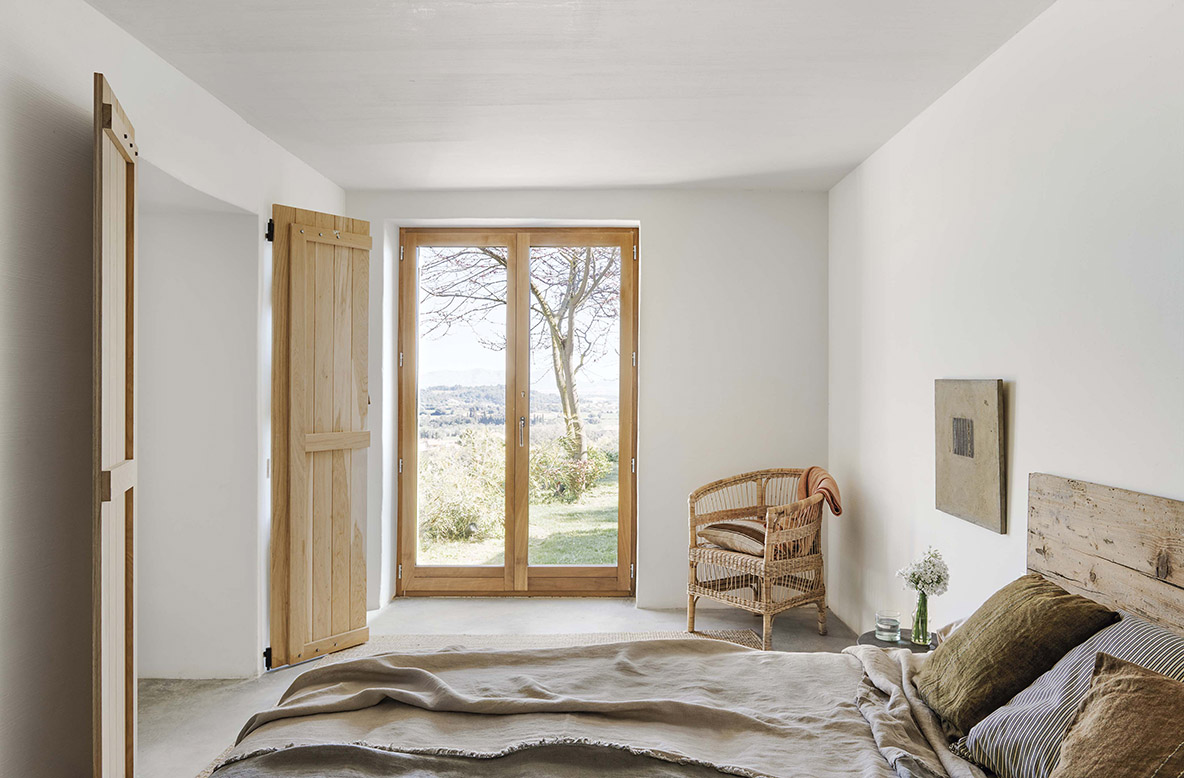
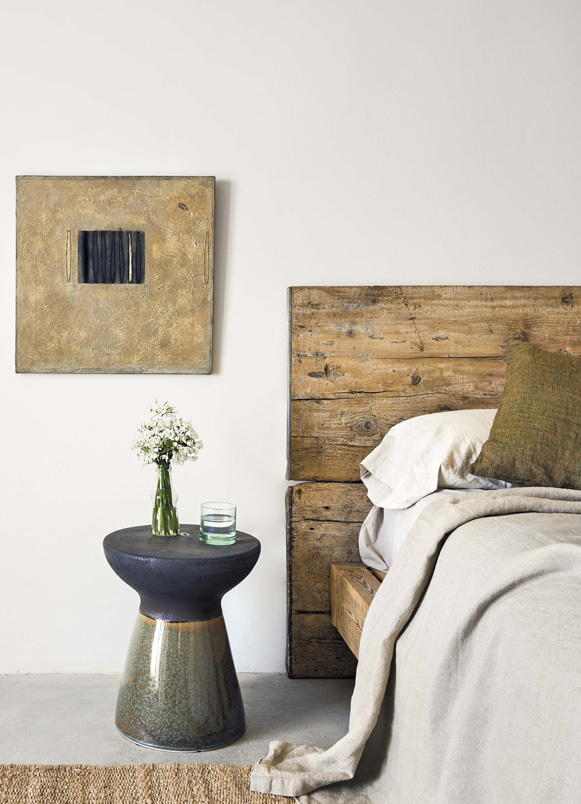
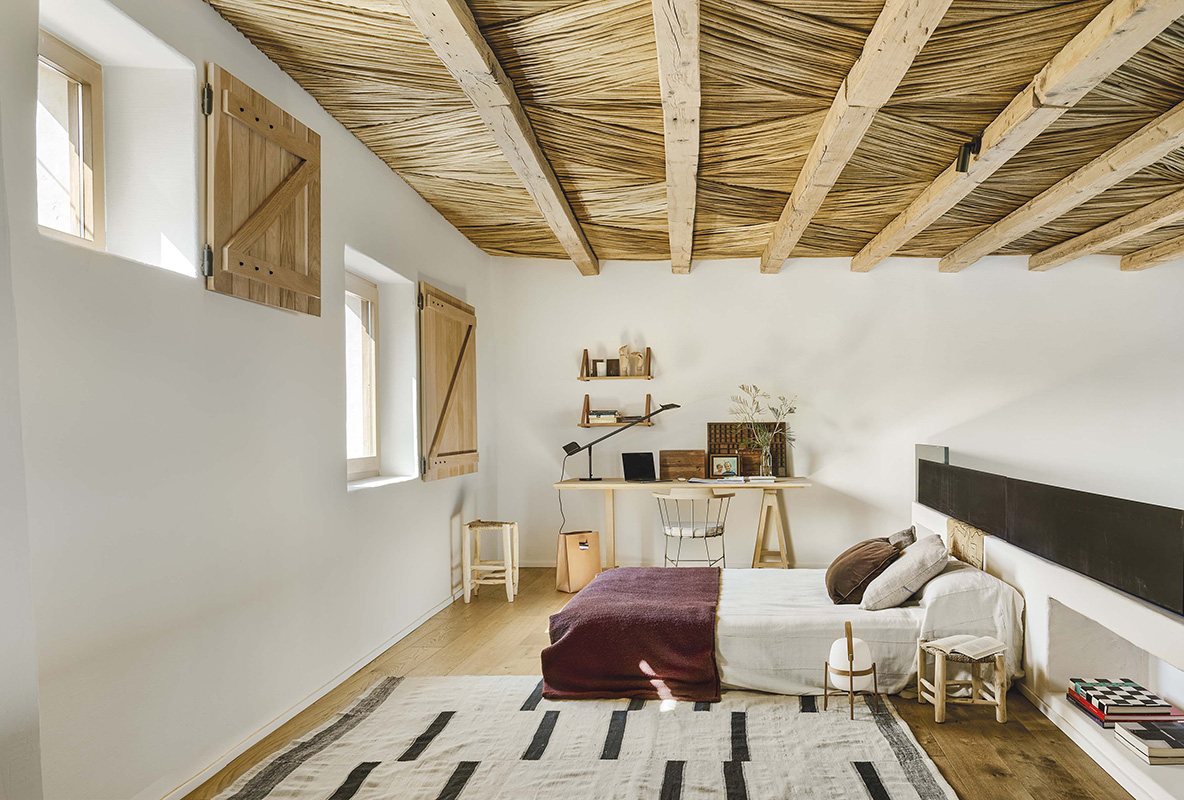
The team also meticulously designed the exterior, adding an iron and wire pergola attached to the façade, covered by bougainvillea and grapevine. In the garden, they respected the common style of the area, with olive trees, almond trees, and wild plants. In the lower part of the garden, they created a swimming pool, a lime plaster and ceramic pool treated with salt and surrounded by olive and loquat trees.
Discover other spa and wellness space designs by Sandra Tarruella Interioristas here.
